Is the Nordic ECL model a possible solution for online dissemination of Europe’s cultural heritage?
March 11, 2011
My first post for the Kluwer Copyright blog will touch upon an issue which over the years has gained increased attention from legislators: how to stimulate the digitization and online availability of the collections held by libraries, museums and other cultural institutions – sometimes referred to as our “common heritage” – and at the same time give full respect to established copyright norms.
At European level, this increased attention is evident in the Digital Libraries Initiative, the Communication from the (European) Commission on Copyright in the Knowledge Economy, and the Commission’s Digital Agenda for Europe.
Inherent in these policy documents is the recognition that the new information technologies have created vast opportunities to make the common heritage of Europe more accessible for users online. It is also a shared belief that such access – if coherent with basic copyright principles – will be for the mutual benefit of users, right holders and the society at large. In line with this the Commission has supported the creation and development of a common portal for Europe’s cultural heritage, Europeana.
However, several issues from a copyright perspective have to be solved before undertaking mass-digitization and online dissemination of the collections held by cultural institutions. Two of them concern how to make the said digitization (reproduction) and online dissemination lawful from a copyright perspective. To the extent that an item in a cultural institution’s collection is (still) protected by copyright, those acts normally fall under the author’s exclusive right to authorize and prohibit use of his or her work. As the administrative ("transaction") costs of finding and negotiating an individual license with every right holder would rise to paramount levels, especially in cases where it is impossible to find or locate the right holder ("orphan works"), there is an obvious risk that the major parts of the collections will not be digitized and disseminated online. Nevertheless, as it is established that (EU directives and) international conventions in the copyright field would not permit the introduction of "blanket" exceptions or limitations to copyright in cases like this, a solution has to be found in the area of free negotiations with rights holders.
A way forward, referred to in the documents mentioned above, is a solution based on collective rights management. That collective rights management traditionally has been instituted to deal with mass-scale uses is well known. However, ordinary collective rights management would not be able to solve all the rights clearance problems, such as orphan works. This would be the case also in situations where the local collective rights management organization (CMO) has mutual agreements with many foreign CMOs, as it would still be unclear whether every right holder is represented. A cultural institution conducting mass-scale digitization and online dissemination of its collections would thus stand the risk of being held liable for copyright infringement.
Hence, the core of the problem is how to solve the problem with non-represented right holders’ rights, sometimes referred to as "outsiders’ rights". A solution, which is also mentioned by the Commission in the above mentioned documents, is the extended collective license (ECL) model as introduced and developed in the Nordic countries.
The essential component of the ECL model is that it extends a freely negotiated agreement between a CMO and a user so that it binds also outsiders' rights. The legal implication of this extension effect is that the agreement not only gives the user the right to use outsider’s rights without any risk of civil remedies but that that it also provides full limitation against criminal sanctions. To safeguard the outsiders’ interests, the legally supported extended effect only occurs provided that certain conditions have been met. These conditions are, mainly, outsiders’ possibility to opt out, equal treatment (vis-à-vis members of the organization) and receipt of remuneration. There are also conditions related to the representativeness and supervision of the eligible CMOs.
Since the 1960s, when the first ECL provisions were introduced for primary broadcasting, the Nordic legislators have expanded the ECL model to other areas with features common to primary broadcasting: mass-use of works and other subject matter where finding and negotiating contract with all outsiders would be too burdensome for the user, i.e. where the transaction costs are at such a level that (legal) use would be practically impossible. Areas (other than primary broadcasting) where the ECL model has been introduced include reprographic reproduction of printed material, off-air recording of radio and television programs, re-transmission of broadcasts, use of works and other subject matter in broadcasters’ archives and more recently also digitization and dissemination of collections held by cultural institutions.
Over the years, the ECL model has generated increasing amount of attention at regional and international levels and have been mentioned as a model for solving access problems which is more "balanced" than models based on compulsory licenses by being closer to the individual agreements which is the starting point of copyright. The explicit mentioning of the model by the Commission is an example of this. I hope this post can provide some input to the discussion on a solution to the administrative costs related to the digitization and online dissemination of our common cultural heritage.
You may also like

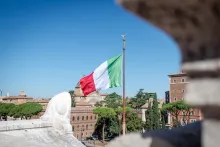



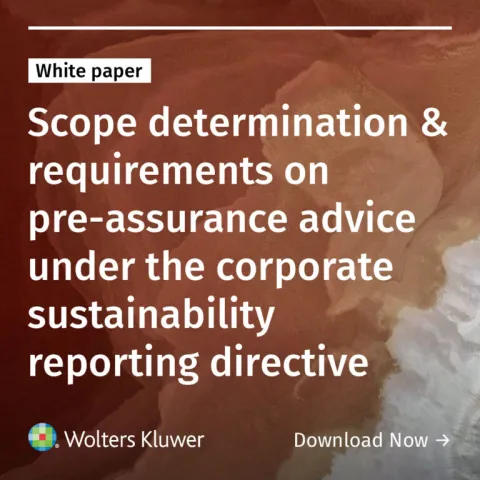

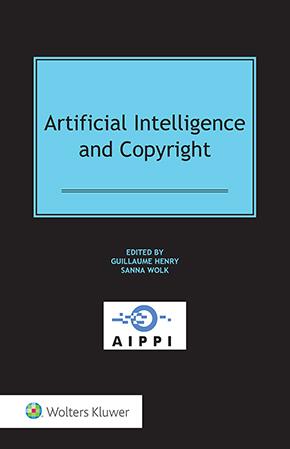
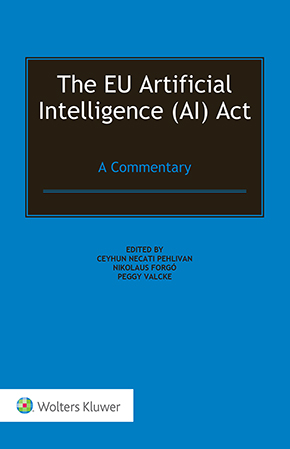
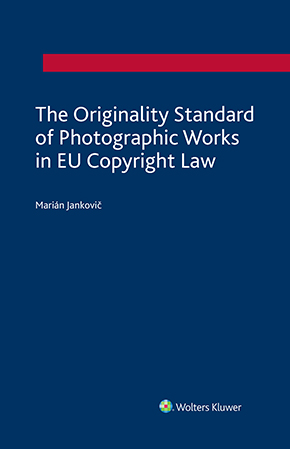
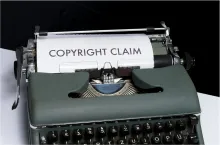

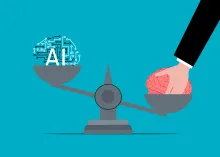
The Google Books non-Settlement and the Nordic ECL model | K
[...] to note that many of the features of the general design of the GBS have been part of the so-called extended collective licensing (ECL) model in the Nordic countries since the beginning of the 1960s. Contrary to the GBS, this [...]
The Commission’s Proposal for a Directive on Orphan Works
[...] Commission could as well have come up with a solution based on collective agreements, such as an extended collective licensing model. However, as can be read in the Impact Assessment accompanying the proposal, the Commission [...]
European MoU on Key Principles on the Digitisation and Makin
[...] Copyright Acts of some Member States already provide for such legal certainty. One example is the Extended Collective Licensing model as developed in the Nordic [...]
Trilogue agreement on the Orphan Works Directive | Kluwer Co
[...] arrangements concerning the management of rights at national level – such as extended collective licensing. Also, the preamble makes explicit reference to the Memorandum of Understanding on key principles [...]